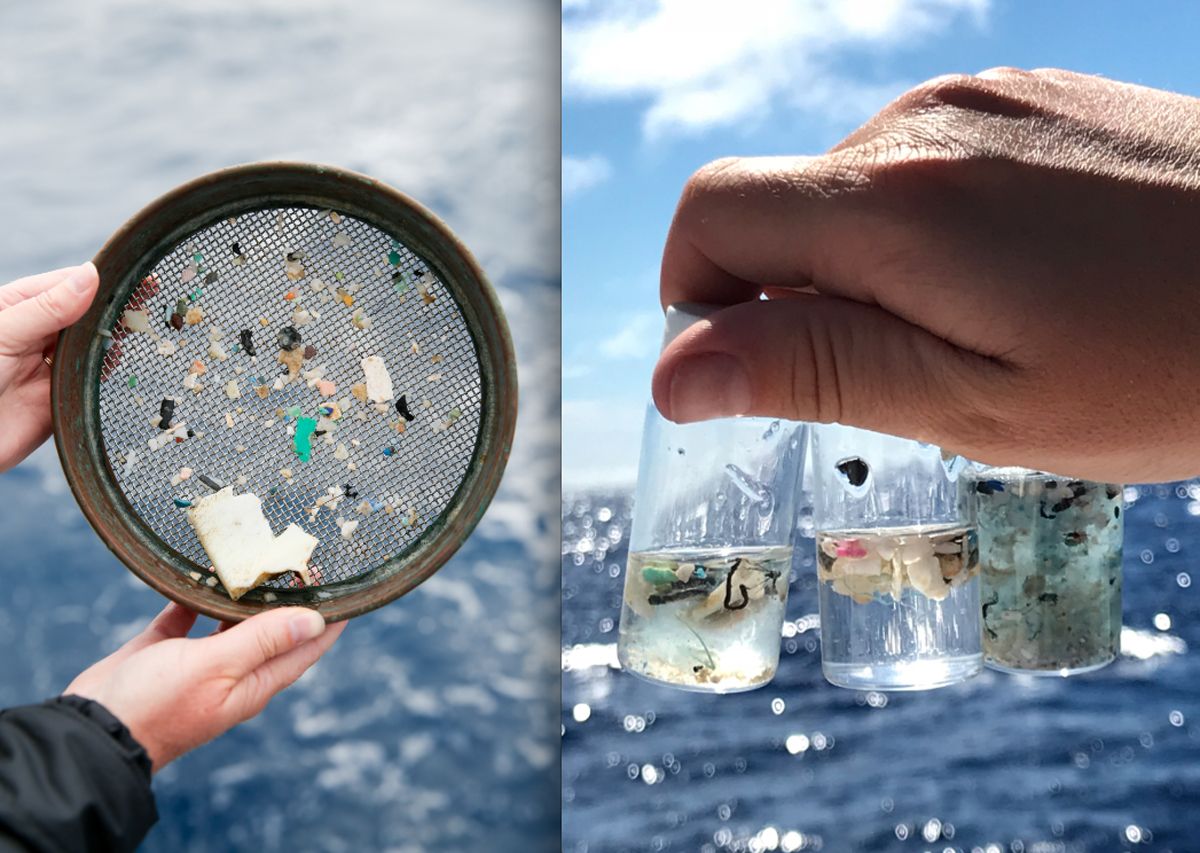
As much as the idea might be unpalatable, all of our diets are now likely to include tiny servings of plastic. The places where microplastics and plastic fibres have been found is beginning to read like a supermarket shopping list.
Studies have found microplastics – that is, pieces or fibres smaller than 5mm – in foods including tea, salt, seaweed, milk, seafood, honey, sugar, beer, vegetables and soft drinks. Tap water contains plastic. Bottled water contains even more.
Across our terrestrial and marine environments, microplastics have been found in most places where scientists have looked, including some of the most remote spots on Earth, threatening and, in some cases killing, wildlife.
But when it comes to the effect of omnipresent plastic on human health, what’s the risk?
“Nobody really knows the answer,” says Prof Mark Taylor of Macquarie University in Sydney and an expert on environmental contamination. “But the absence of evidence is not evidence of absence.”
Researchers found plastic in every sample, whether the rice was grown in Thailand, India, Pakistan or Australia and whether the rice was packaged in plastic or paper.
Washing the rice reduced the amount of plastic likely to be ingested. But the study used special filtered water for rinsing. Most households only have access to tap water (which contains microplastics).
Precooked rice – the kind that comes in microwaveable sachets – had the most plastic. But the amounts are tiny.
Prof Ian Musgrave, a toxicologist at the University of Adelaide, says knowing if microplastics are harmful to humans is hard to untangle when we are exposed to so many other substances.
“It is enormously difficult because we live in an environment with lots of other things,” he says. “We have a saying though, that it is the dose that makes the poison.
“While we are consuming things that have tiny amounts of microplastics, we don’t absorb them. But because we can’t demonstrate damage, that’s not a reason to be casual.”
There are multiple studies showing microplastics are being ingested by marine animals, including seabirds and fish, but isolating the impact they have against all the other pollution and pressure they are exposed to is difficult.
A statement from Food Standards Australia New Zealand, a government body that sets standards and regulates food safety, said there was ongoing interest among scientists and the community about the potential health effects from microplastics in food.
“The scientific evidence on potential exposure and health risks continues to evolve, however, our current view is that plastic contamination of the food chain is unlikely to result in any immediate health risks to consumers.”

Post Your Comments